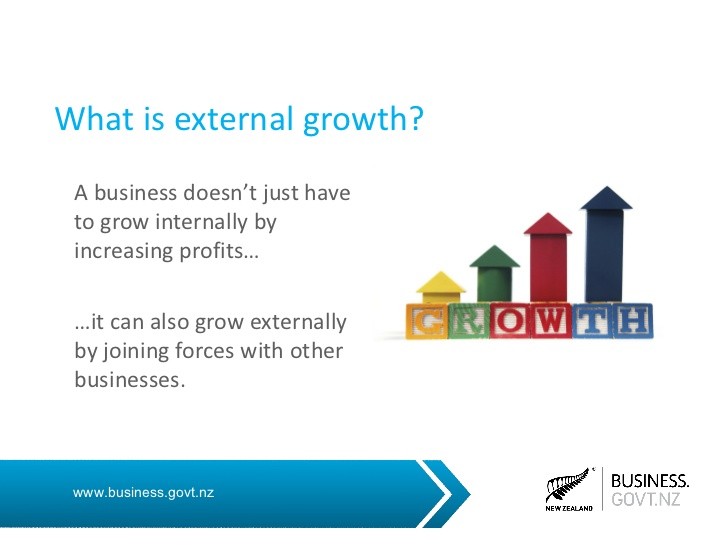Mergers and acquisitions Do companies have to buy others to grow
Post on: 16 Март, 2015 No Comment

Do companies have to buy others to grow?
Add this article to your reading list by clicking this button
JPMORGAN sent its corporate clients an interesting note this week with the title “Its déjà vu all over again”. On a range of indicators from volatility to the spread between investment and high-yield debt, conditions in capital markets today bear a striking resemblance to the peak of the credit boom in 2007.
Of course these indicators mainly reflect the low-interest-rate environment in developed world markets. They are not an indication of general economic health. Except in the corporate sector. Among European and American companies debt as a proportion of profits (measured by EBITDA) has returned to 2007 levels, and the proportion of debt that is short term has declined. The basis of this corporate recovery is well known. In response to the financial crisis, corporations cut costs and acquisitions and hoarded cash. What are corporations to do with this cash pile?
Todays bid by SABMiller for Australias biggest beermaker, Fosters, reflects a trend—a return to acquisitions. In 2010, a steep rise in corporate M&A followed on the heels of the financial crisis slump. That has accelerated this year.
Schumpeter explains the logic behind this particular bid (which includes the propensity to substitute wine for beer as incomes rise). But the lessons are generally applicable. With consumer demand in the developed world stagnant, American and European companies have limited options to generate more revenue. One is to purchase companies in emerging markets with strong growth prospects. Another is to purchase developed world rivals and cut costs through synergies.
The concern is that companies are overpaying in response to shareholder demand for rising returns. Its not clear, for example, what cost synergies SABMiller can eke out from Fosters, when most of their distribution is on opposite sides of the globe. If the developed world economies are stagnating, and the stock of cheap emerging market companies is dwindling, should American and European companies continue to consolidate?
JPMorgan seems to think so. They advise clients to be conservative: tie in low interest rates by extending the maturity of existing debt, and dont add leverage just because debt is cheap. With macroeconomic risks high, another slump may be just round the corner. That would be a better time to use hoarded cash, buying up competitors on the cheap. On the other hand, SABMillers move might be more conservative than it looks. With debt cheaply available some companies are bound to be tempted to pursue acquisitions. JPMorgan warn their clients to prepare defence strategies against bids from rivals.
As the global brewing industry consolidates, SABMiller might be looking over its shoulder at the largest player in the market, Anheuser-Busch InBev (ABI), which is rumoured to be considering a bid for SABMiller. If SABMiller’s bid for Fosters is successful, its might be too big for ABI to bid for. Buying Foster’s would seem cheap in comparison to funding a counter-bid for ABI.
Either way SABMillers shareholders arent impressed. Its share price dropped significantly in heavy trading on the news of the bid for Fosters (see chart). It seems intuitive that the share price of firms embarking on acquisitions should fall. Cost synergies take a long time to deliver. In the interim the purchasing firm takes on debt, restricting its ability to pay dividends.
However research done by Bloomberg BusinessWeek suggests shareholders have reacted positively to acquisitions during the recovery:
Bloomberg analyzed takeovers worth at least $200 million in which the buyer was a public company and no more than 10 times as large as the target. For each transaction it calculated the stock market return from the day before the announcement to the day after, minus the return in a benchmark stock index, to eliminate the impact of broad market movements. Last year the median share price gain for companies that announced an acquisition was 1.11 percent, the most for any full year in the study. So far this year, the figure is 1.18 percent.
This fits with a story of return-hungry investors. If shareholders think companies have exhausted every means of cutting costs, then acquisitions may be the only way to increase revenue and pay dividends. Acquisitions then arent such a bad idea.
So why the negative shareholder reaction by SABMiller shareholders to the Fosters bid? Well clearly one piece of data does not make a trend. There may be doubts about the wisdom of this particular acquisition. But after several weeks of stockmarket falls and bad economic data, investors may be following JPMorgans advice to recognise the value of company cash hoards.
Previous
Unemployment and elections: Swinging job markets
Next
Greek debt: Everyone’s problem














